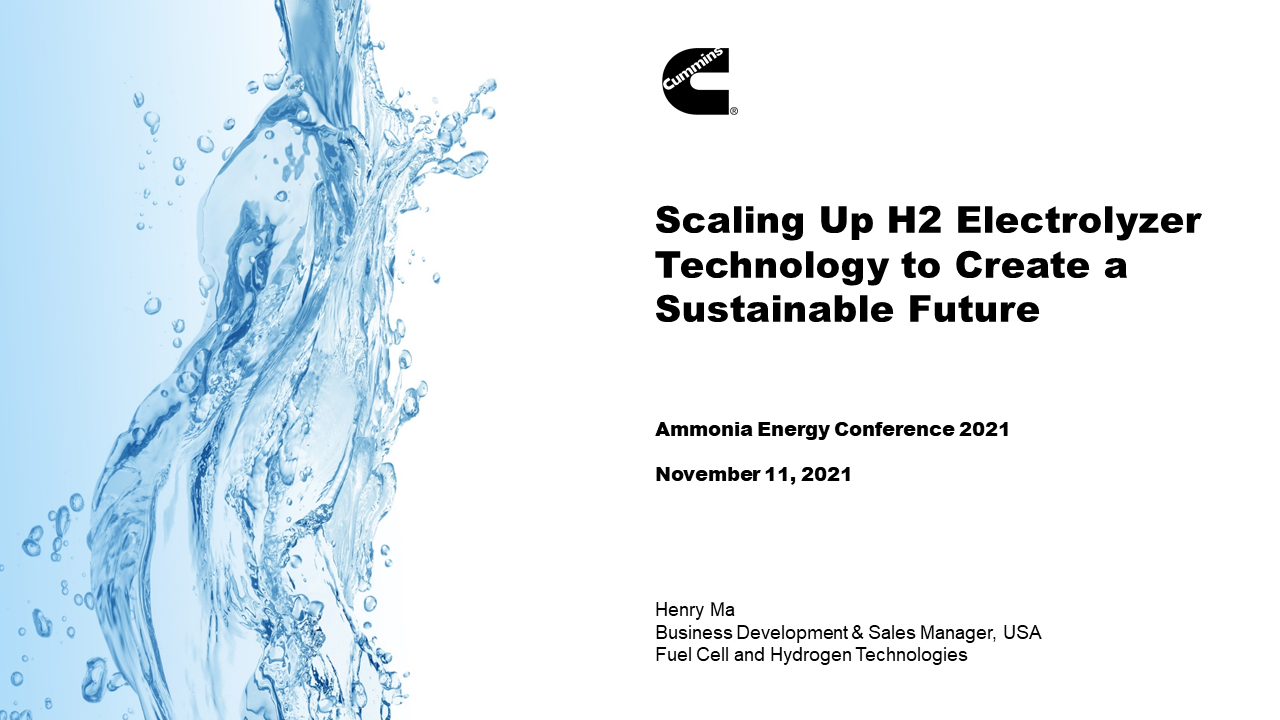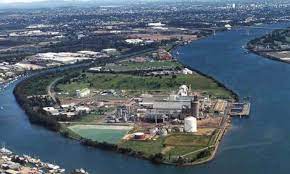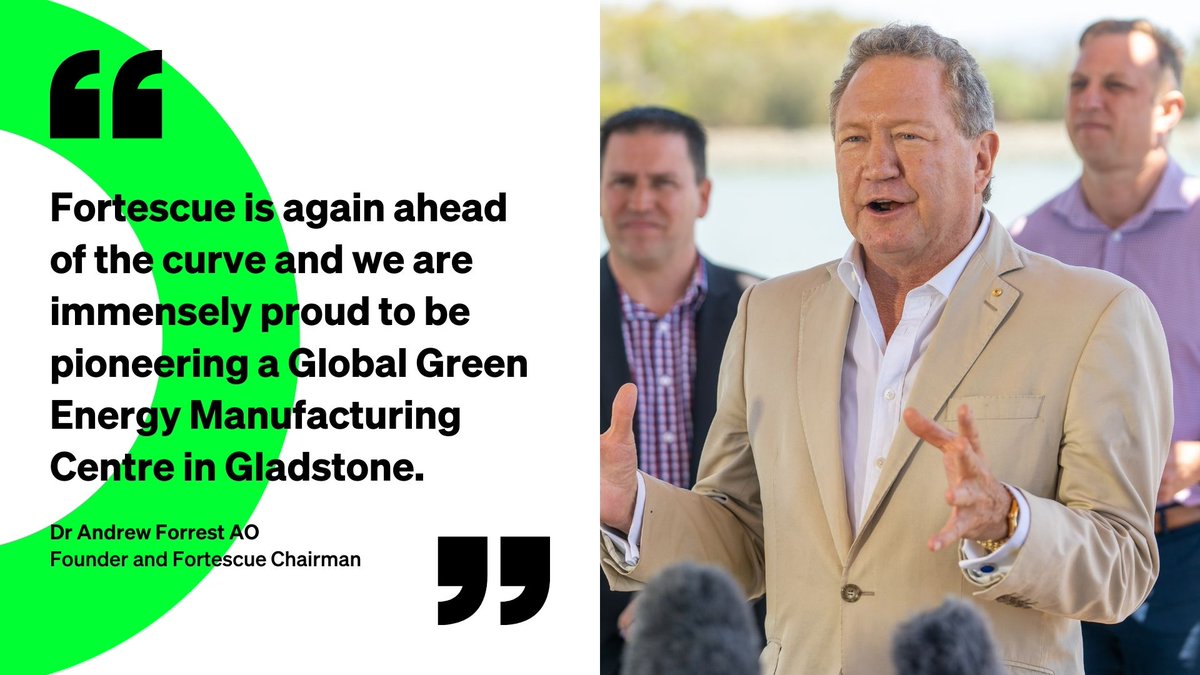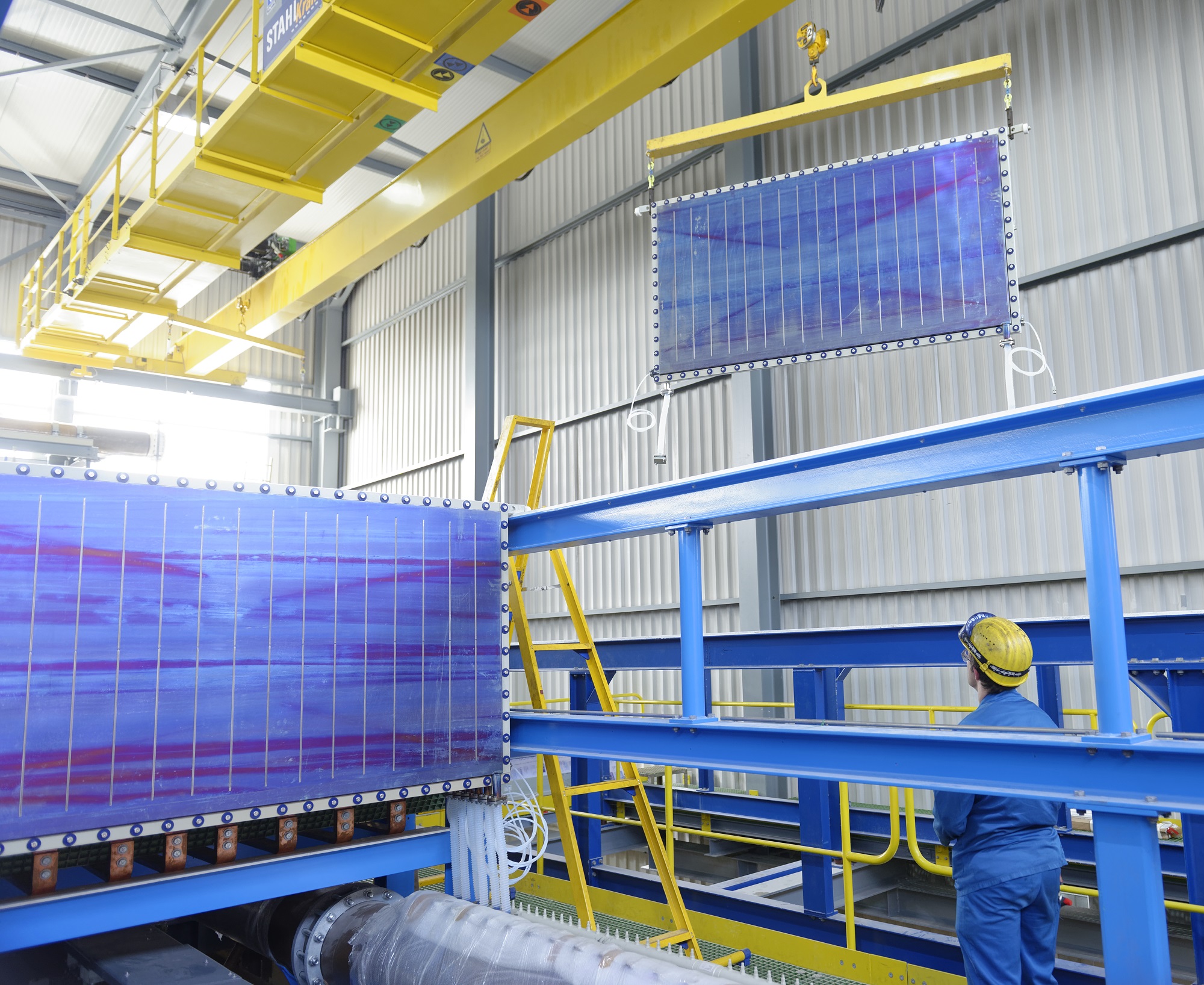Haldor Topsøe and Green Fuel team up in Iceland
Topsøe and newcomer Green Fuel will join forces to identify efficient and scalable technologies to produce green ammonia in Iceland. A coalition of organisations is also working on a new green energy park in the town of Reyðarfjörður on Iceland's east coast, with e-fuels production and use of the electrolysis by-product oxygen a major part of the plan.









